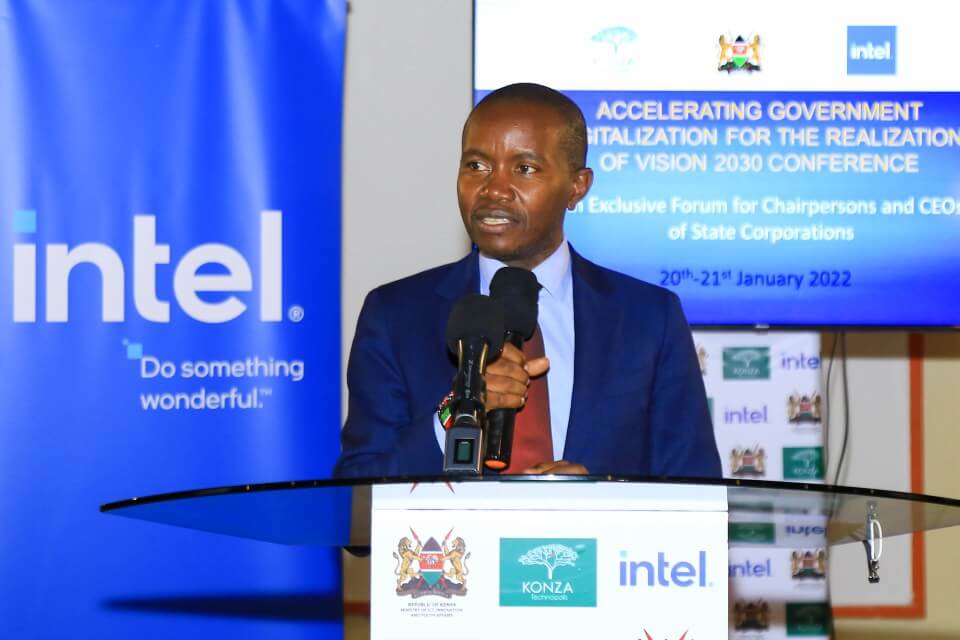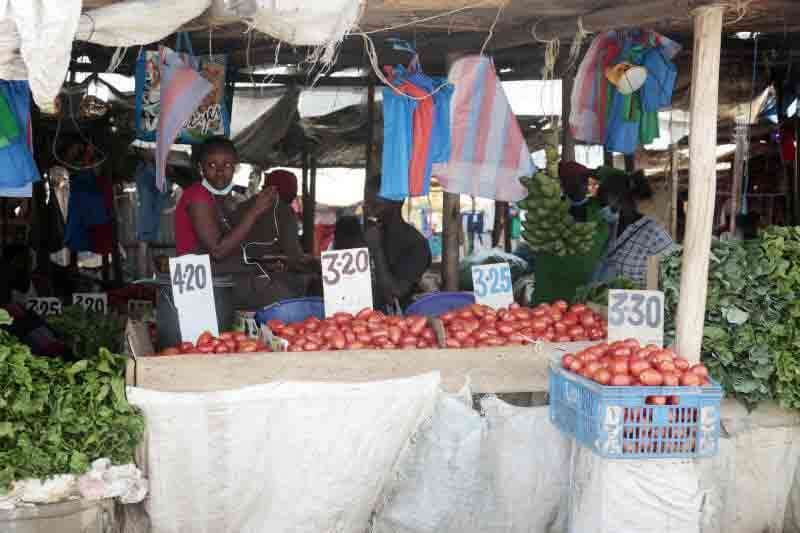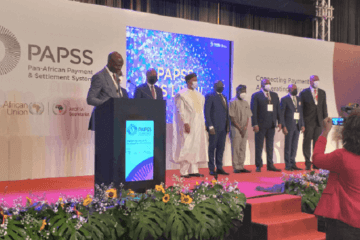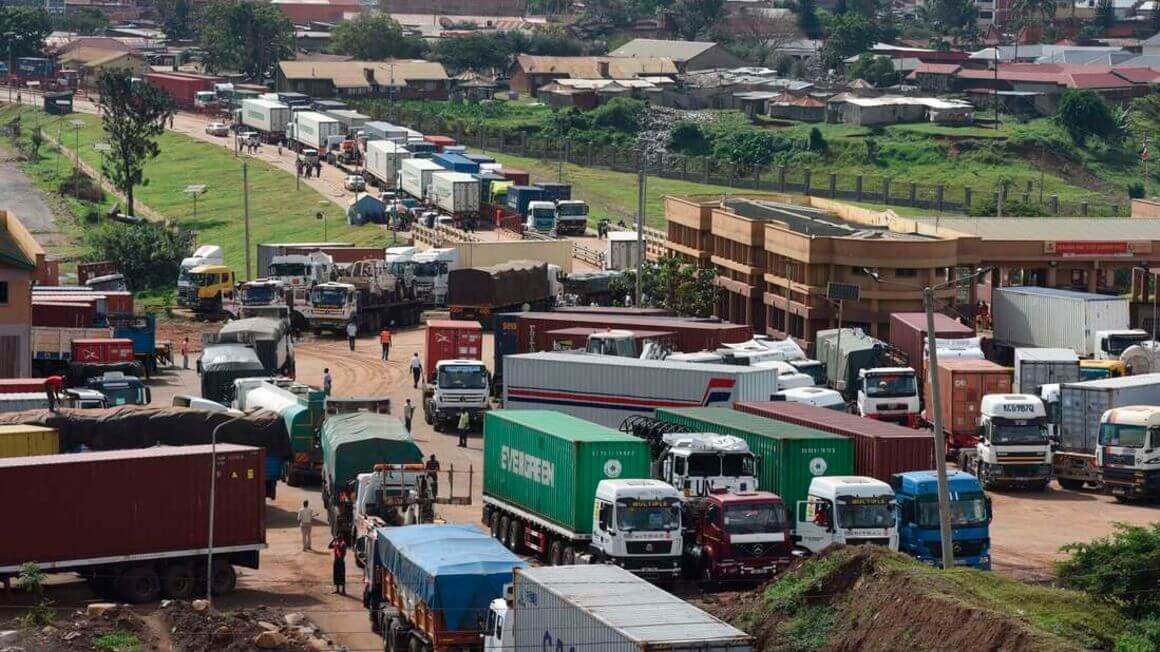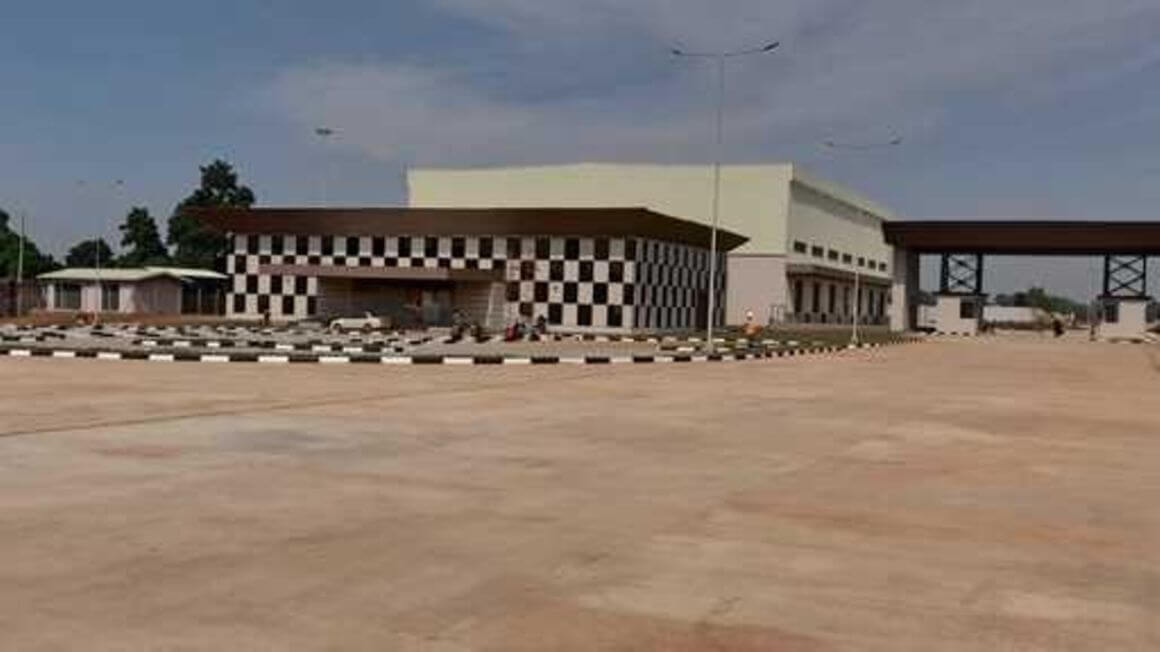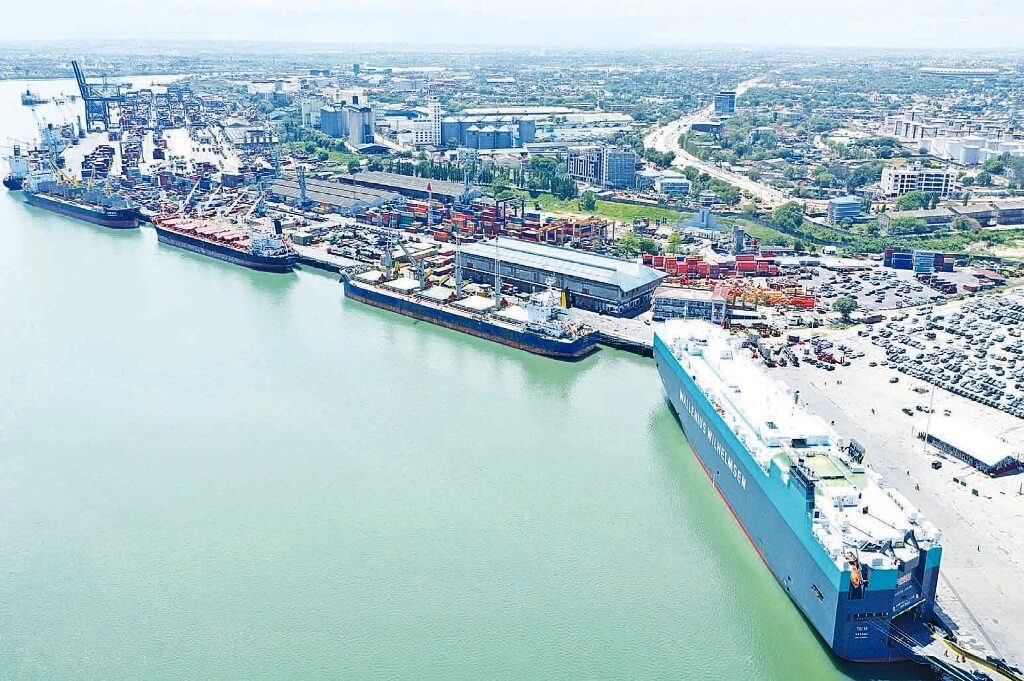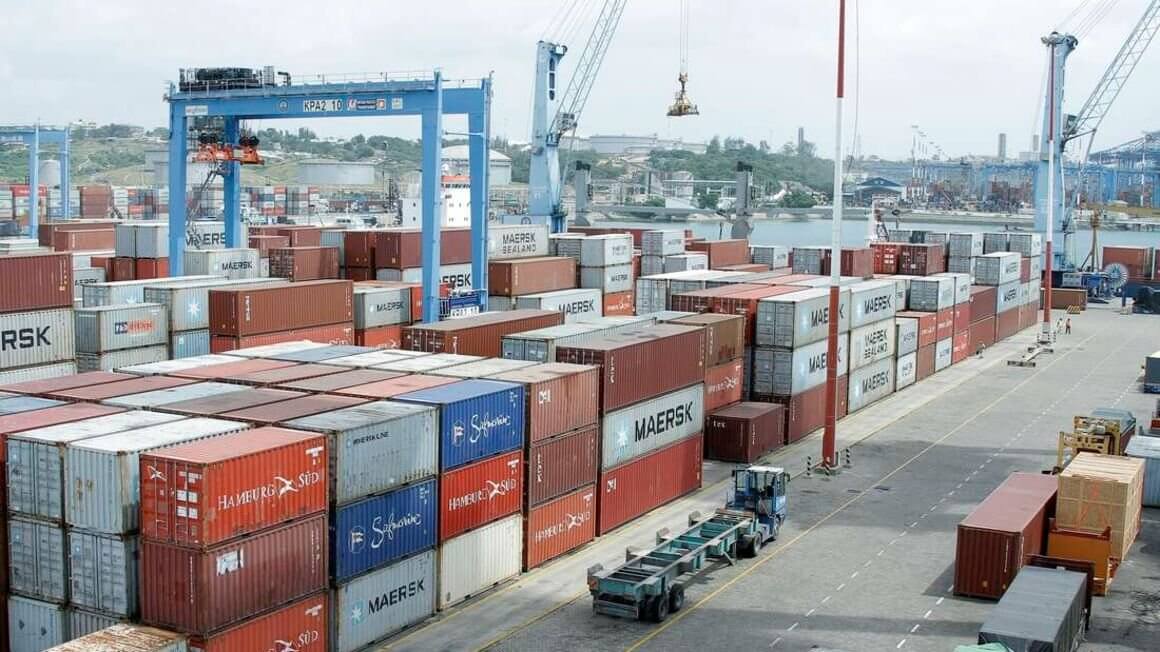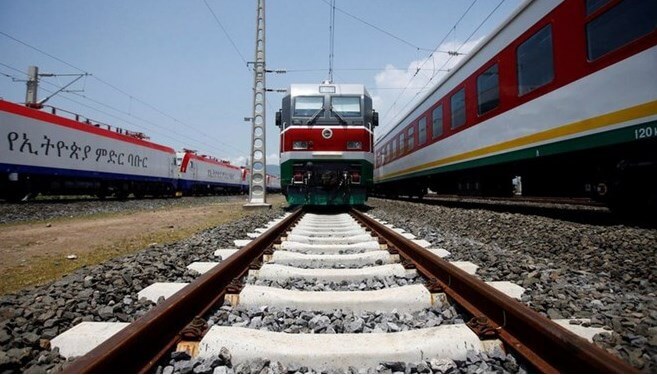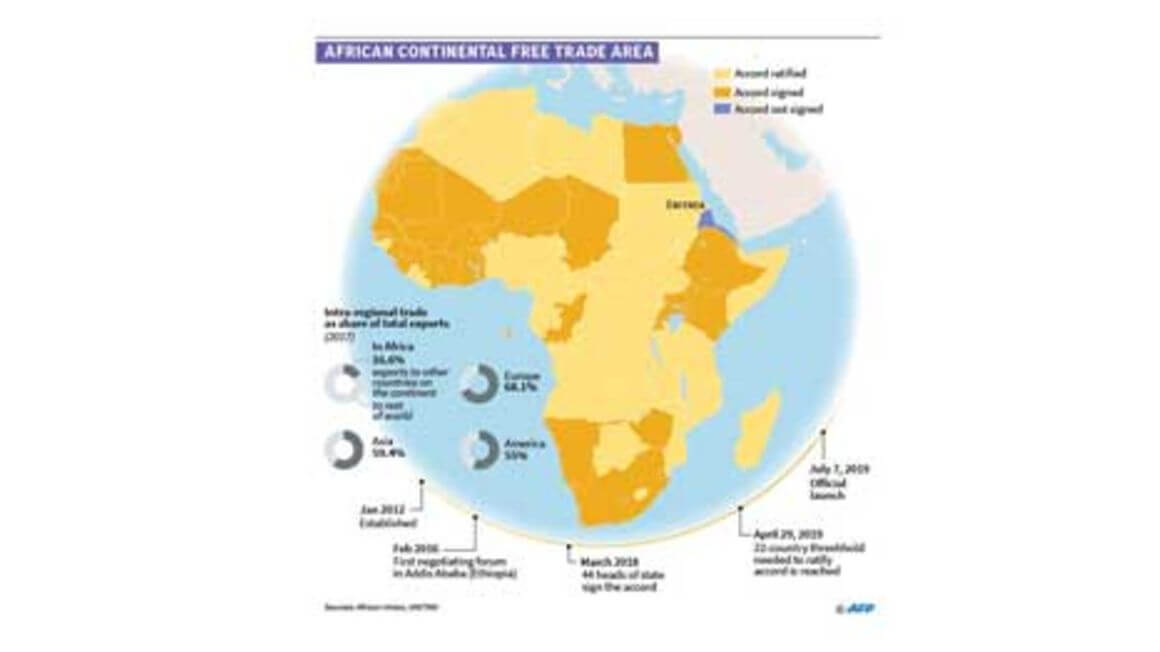The Cabinet Secretary for ICT, Innovation and Youth Affairs, Joe Mucheru, has urged public institutions to embrace digitalization and leverage innovation to improve service delivery. Citing innovation as the new frontier of creating value and solutions to present challenges, CS Mucheru noted that the digital transformation journey that the Government has embarked on will support enhance service delivery in government institutions. The implementation will be guided by 2019 Digital Economy Blueprint to achieve the Kenya Vision 2030. According to the ICT CS, digitalization of government services is also aimed at driving the country’s knowledge economy, supported by laws such as the Data Protection Act 2019 which guides the use and management of electronic data and Business Laws (Amendment) Act No. 1 of 2020 which seeks to enhance the ease of doing business in Kenya. Speaking at the Konza Technopolis – Intel Corporation Forum Themed Accelerating Government Digitalization or the realization of Vision 2030 held in Mombasa, the CS lauded the institutions that have embarked on the digitalization process adding that they will be competitive regarding service delivery to the public. “I am glad that you took part to create this dialogue because it is very critical. As a country we need to embrace technology to move to the next level and I think it is great that many corporations are determined to move forward,” said CS Mucheru, adding that organizations must keep up with the trends on digital markets to drive the economy. He said: “I want to challenge organizations...
CS Mucheru urges public institutions to embrace digitalization
Posted on: January 24, 2022
Posted on: January 24, 2022

